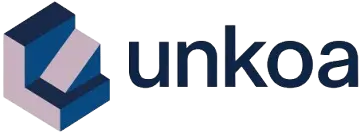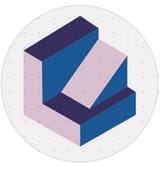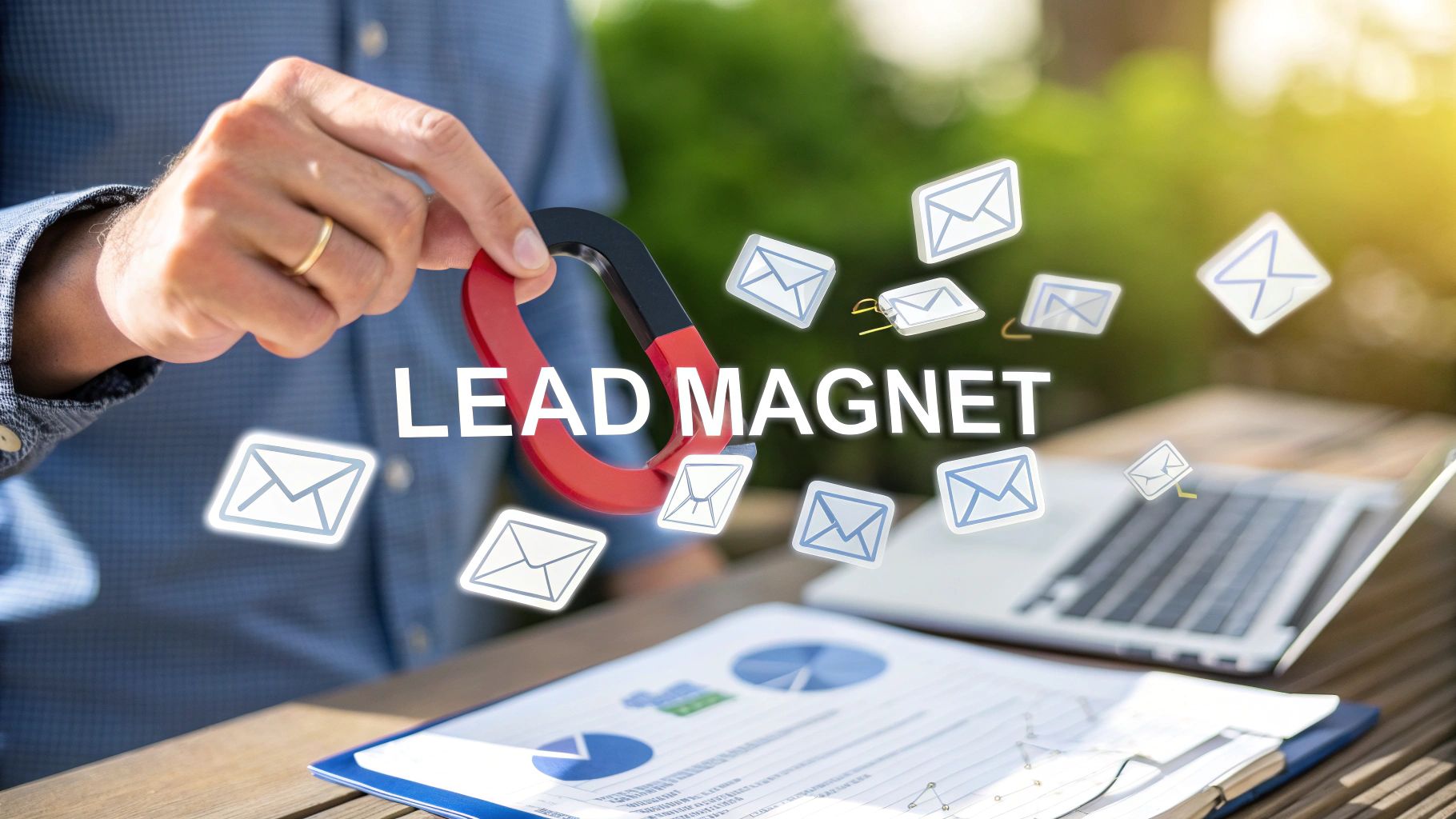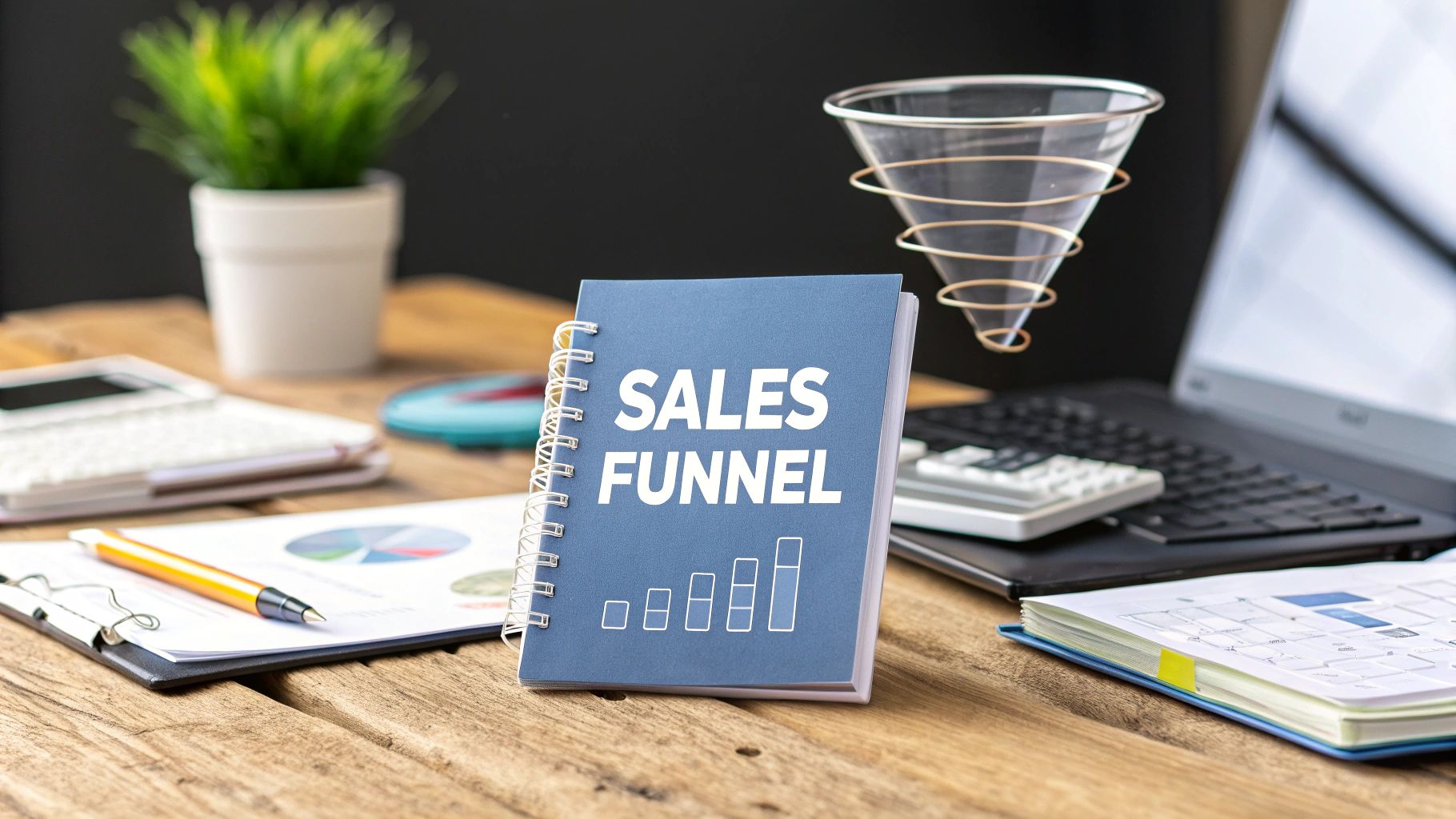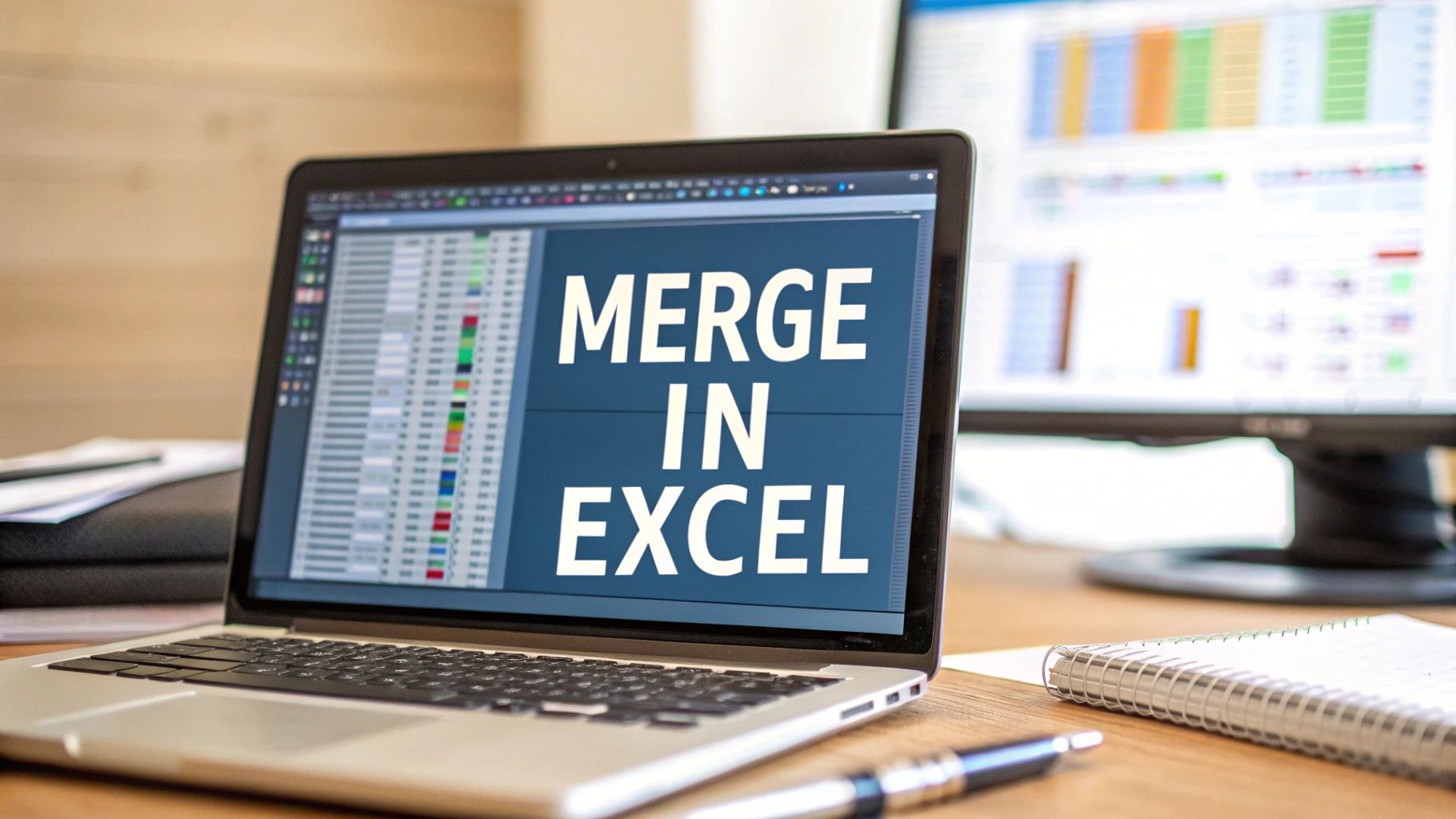The Complete Toolkit for Marketing and Website Design Agencies
In today’s fast-paced digital landscape, marketing and website design agencies face the dual challenge of standing out from the competition…
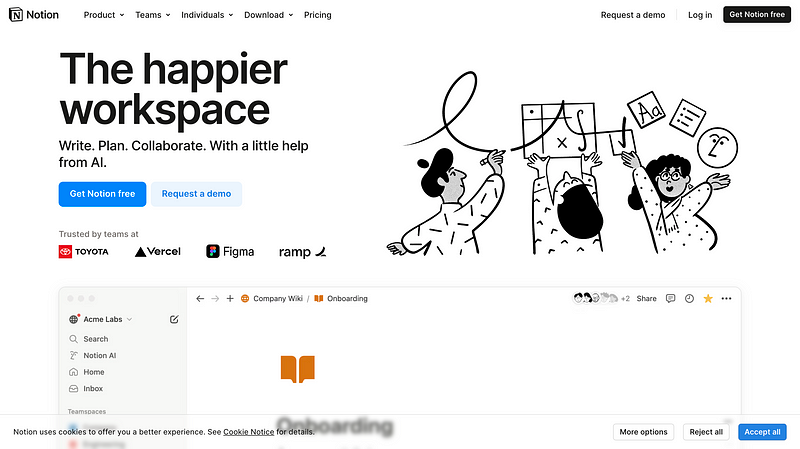
In today’s fast-paced digital landscape, marketing and website design agencies face the dual challenge of standing out from the competition while streamlining internal workflows. Having a robust, all-in-one toolkit isn’t just a luxury — it’s a necessity for securing new clients, managing projects efficiently, and delivering outstanding results. In this in-depth guide, we’ll explore a comprehensive strategy that combines the power of modern digital tools to help your agency not only attract clients but also nurture and retain them over time.
Our toolkit comprises industry-leading solutions for every facet of your business: from creating a stunning, SEO-friendly website to managing tasks and documents, from reaching out to potential clients to outsourcing specialised work. Follow these step-by-step instructions to set up a seamless, client-generating system for your agency.
Why a Comprehensive Toolkit is Essential
Modern agencies juggle numerous responsibilities — website development, marketing campaigns, client communications, and project management, to name just a few. Without the right digital tools, it’s easy to become overwhelmed by administrative tasks, leading to missed deadlines and lost opportunities. A well-integrated toolkit helps you:
- Boost Efficiency: Automate repetitive tasks and maintain organised workflows.
- Enhance Client Experience: Deliver professional, consistent service from the first contact to project delivery.
- Scale Your Business: Focus on growth by freeing up time to acquire new clients and innovate your service offerings.
- Improve ROI: Increase conversion rates by utilising high-converting landing pages, targeted outreach, and efficient project management.
Key Components of Your Digital Toolkit
To build a fully optimised client-generating system, your agency needs to cover all bases. Here’s a quick overview of the essential tools we’ll explore:
- Website Development:
Use Webflow to create a modern, responsive website that not only captivates visitors but also ranks well on search engines. - Landing Page Creation:
Convert website visitors into leads with high-performing landing pages using Leadpages. - Client Prospecting:
Identify and reach out to potential clients using the powerful features of Apollo. - Task Management:
Keep your team on track with Todoist, a tool designed to organise tasks and deadlines. - Collaboration and Documentation:
Maintain all your project documents, client briefs, and meeting notes in one central location with Notion. - Freelance Outsourcing:
Augment your in-house skills by hiring experts for specialised tasks via Fiverr. - Document Management and Digital Signatures:
Speed up onboarding and contract management with digital signature tools such as Sign now or Airslate.
Step-by-Step Client Acquisition Strategy
Below is a detailed, step-by-step strategy designed to help you attract, convert, and retain clients using our complete toolkit.
Step 1: Build a High-Converting Website
Your website is your digital storefront. It must be visually appealing, easy to navigate, and optimised for search engines.
Design with Webflow:
- Sign Up and Choose a Template: Create your account on Webflow and select a responsive template that aligns with your brand.
- Customise Your Design: Utilise Webflow’s intuitive drag-and-drop interface to tailor colours, fonts, and layouts. Ensure that your site reflects your agency’s identity and services.
Optimise for SEO:
- Metadata and Alt Text: Implement targeted keywords in your meta titles, descriptions, and image alt texts.
- Mobile-Responsiveness: Verify that your website adapts seamlessly across all devices, enhancing user experience and search rankings.
Add Conversion Elements:
- Clear Calls-to-Action (CTAs): Integrate prominent CTAs, such as “Request a Quote” or “Schedule a Consultation,” to guide visitors toward conversion.
- Trust Signals: Display client testimonials, case examples (even if hypothetical), and industry certifications to build credibility.
Step 2: Create Effective Landing Pages to Capture Leads
Once your website is ready, the next step is to turn visitors into leads with compelling landing pages.
Set Up with Leadpages:
- Select a High-Converting Template: Sign up on Leadpages and choose a template that suits your campaign’s focus.
- Customise Your Landing Page: Adapt the design to match your brand, ensuring it remains consistent with your website aesthetics.
Focus on One Clear CTA:
- Minimise Distractions: Keep the page clutter-free by focusing on a single objective, whether it’s capturing email addresses or scheduling calls.
- A/B Testing: Regularly test different headlines, images, and CTA placements to determine the best-performing variations.
Integrate Seamlessly:
- Embed on Your Website: Use the embed code provided by Leadpages to integrate the landing page with your Webflow site.
Step 3: Identify and Engage Potential Clients
Now that your online presence is robust, it’s time to actively find and reach out to prospective clients.
Use Apollo for Prospecting:
- Define Your Ideal Client: Use Apollo’s filtering tools to target businesses by industry, size, and location.
- Build a Lead List: Compile a detailed list of potential clients that match your agency’s profile.
Automate Your Outreach:
- Craft Personalised Email Campaigns: Leverage Apollo’s automation features to send customised emails to your leads.
- Track Engagement: Monitor email open rates, responses, and follow-up activities through Apollo’s analytics dashboard.
Follow-Up Strategy:
- Schedule Reminders: Integrate with Todoist to set follow-up tasks and ensure timely communication.
- Refine Your Messaging: Use insights from your outreach to tweak your email copy and improve conversion rates.
Step 4: Organise and Manage Your Projects Efficiently
Effective project management is key to ensuring your agency runs like a well-oiled machine.
Task Management with Todoist:
- Create Projects and Tasks: Set up projects for each client or campaign. Break down tasks into manageable items with deadlines.
- Prioritise and Delegate: Assign tasks to team members and mark priorities to ensure critical actions are completed first.
Collaboration and Documentation with Notion:
- Centralise Your Documents: Create a workspace in Notion for storing client briefs, meeting notes, and project timelines.
- Share and Collaborate: Use shared pages and databases to keep your team informed and aligned on project progress.
Step 5: Outsource Specialised Work When Needed
Not every task needs to be handled internally. Outsourcing can help you scale without overburdening your team.
Find Experts on Fiverr:
- Search for Freelancers: Whether you need graphic design, copywriting, or development, browse Fiverr to find professionals who can complement your skills.
- Review Portfolios and Ratings: Ensure you choose freelancers with proven track records to maintain quality standards.
Integrate Outsourced Work:
- Clear Briefs: Provide detailed briefs and deadlines to freelancers, ensuring that their work aligns with your agency’s requirements.
- Seamless Collaboration: Use Notion or Todoist to integrate freelance work into your overall project management system.
Step 6: Streamline Paperwork and Client Onboarding
Paperwork can slow down your workflow, but digital tools can help simplify the process.
Digital Signatures with Sign now or Airslate:
- Send Contracts Electronically: Use these platforms to send contracts and proposals for digital signature, reducing turnaround times.
- Automate Document Workflows: Set up automated processes to ensure that once a contract is signed, the next steps are triggered automatically.
Client Onboarding:
- Create Onboarding Guides: Develop comprehensive onboarding documents in Notion to help new clients understand your process.
- Streamline Communication: Use email campaigns via Apollo and task reminders in Todoist to keep new clients informed at every stage.
Deep Dive into Each Tool
For a successful client acquisition strategy, it’s vital to understand the full capabilities of each tool in your arsenal.
Webflow: Building a Stunning Website
- User-Friendly Design: With Webflow’s intuitive editor, even those without coding experience can create a dynamic, visually appealing website.
- SEO Optimisation: Built-in SEO tools help you optimise every page for keywords like “client-generating website”, “marketing agency website”, and “professional web design”, ensuring better search engine visibility.
- Responsive Layouts: Ensure your website looks great on all devices, which is critical for both user experience and SEO rankings.
Leadpages: Creating High-Converting Landing Pages
- Customisable Templates: Choose from a variety of templates designed for maximum conversion.
- Lead Capture: Use streamlined forms to collect vital client information with minimal friction.
- A/B Testing: Experiment with different designs to find the optimal setup for converting visitors into leads.
Apollo: Finding and Reaching Out to Prospects
- Targeted Searches: Filter potential clients by industry, location, company size, and more.
- Automation: Save time by automating your outreach and follow-up processes.
- Analytics: Refine your campaigns based on data-driven insights to improve response rates.
Todoist: Staying Organised
- Task Hierarchy: Break projects into tasks and sub-tasks, assign due dates, and set reminders.
- Collaboration: Share project boards with team members to ensure everyone is on the same page.
- Productivity Metrics: Track your progress over time and adjust priorities based on performance.
Notion: Collaborating and Documenting
- Centralised Workspace: Organise everything from meeting notes to client briefs in one place.
- Customisable Pages: Create databases, calendars, and to-do lists that are tailored to your agency’s needs.
- Integration: Use Notion as your hub for linking all your project-related information, making collaboration effortless.
Fiverr: Outsourcing Specialist Tasks
- Wide Range of Services: Access talent across various domains, from creative design to technical development.
- Competitive Pricing: Scale your operations without straining your budget.
- Reliable Reviews: Choose freelancers based on verified reviews and ratings to maintain high quality.
Sign now / Airslate: Streamlining Paperwork
- Digital Signatures: Eliminate the delays associated with traditional paper-based processes.
- Workflow Automation: Ensure that every document follows a predefined process, reducing errors and delays.
- Security and Compliance: Maintain secure records of all client agreements and contracts.
Integrating Your Tools for a Seamless Workflow
The true power of your digital toolkit comes from how well you integrate these tools into a cohesive workflow. Here’s how to tie everything together:
- Website to Lead Capture:
Embed Leadpages forms into your Webflow website to ensure that every visitor has an opportunity to become a lead. - Task Management and Follow-Up:
Use Todoist to schedule follow-ups and set deadlines for client communications initiated via Apollo. - Documentation and Collaboration:
Link project details from Notion with tasks in Todoist to keep your team informed and agile. - Outsourced Work Integration:
Seamlessly incorporate freelance work from Fiverr into your project timelines and document progress in Notion. - Automated Paperwork:
Ensure that contracts and client agreements sent through Sign now or Airslate automatically trigger follow-up tasks in Todoist for swift onboarding.
Measuring Success and Continuous Optimisation
Once your integrated system is up and running, it’s essential to continuously monitor and refine your processes:
- Set KPIs:
Identify key performance indicators such as website traffic, lead conversion rates, email open and response rates, project completion times, and client satisfaction scores. - Regular Reviews:
Schedule monthly reviews using your project management tools to assess what’s working and what needs adjustment. - Client Feedback:
Actively seek feedback from clients to identify pain points and areas for improvement. - Iterate and Improve:
Use A/B testing on landing pages and tweak your outreach strategies based on the data gathered. Continuously update your content and SEO tactics to maintain and improve search engine rankings.
Conclusion and Next Steps
A comprehensive digital toolkit is the backbone of a successful marketing and website design agency. By integrating Webflow, Leadpages, Apollo, Todoist, Notion, Fiverr, and digital document tools like Sign now or Airslate, you can build an efficient, client-generating system that addresses every aspect of your business — from lead generation and project management to client onboarding and outsourced work.
Now is the perfect time to implement these strategies and witness a transformative impact on your agency’s growth. Embrace the power of automation, effective collaboration, and targeted client acquisition, and you’ll soon see improved ROI and sustained business success.
Some of the links in this article are affiliate
